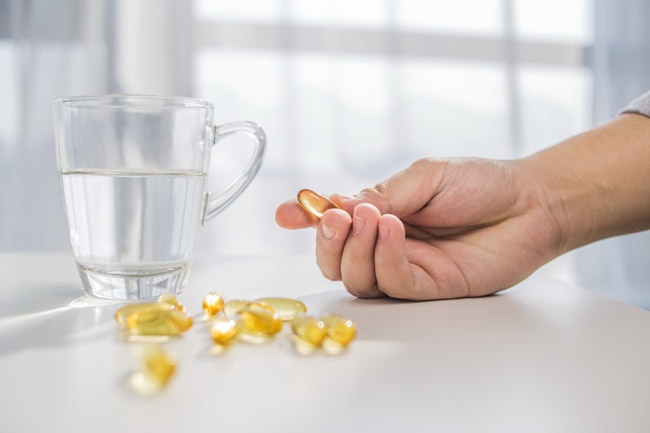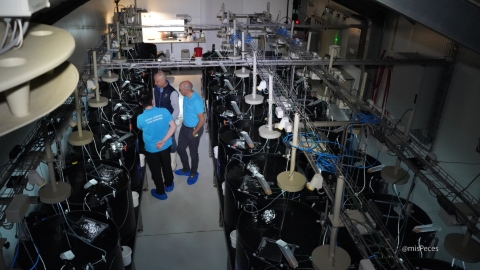
In a pioneering experiment fusing biology with engineering, scientists have developed a revolutionary technique to dramatically boost the production of docosahexaeconic acid (DHA)-a vital omega-3 fatty acid-in the microalgae species Schizochytrium sp. By applying an innovative combination of low-temperature stress and ultrasonic stimulation, researchers have broken new ground in sustainable DHA production, showcasing how nature’s processes can be harnessed to meet the global demand for essential nutrients.
As it is well known, DHA omega-3 is a key building block of the human brain, retina, and heart health, typically sourced from fish oil. Traditionally sourced from fish oil, it poses sustainability challenges due to overfishing and ecological pressures. Enter microalgae, the original producers of DHA in aquatic food chain. Scientists are now turning to these tiny organisms as a sustainable alternative, but large-scale production has been hindered by difficulties balancing high yields with efficient growth.
This new study offers a solution. By introducing environmental stressors at specific stages of microalgae growth-lowering temperatures and carefully applying ultrasound waves-the researchers achieved a 53.7% increase in DHA yield and a 38.1% rise in overall lipid production compared to conventional methods. This approach not only improves efficiency but also opens up the possibility of replacing fish-derived DHA, significantly reducing the environmental impact of aquaculture industries.
Stressing Algae to Succeed
The innovation happens in a highly controlled laboratory setting. When exposed to low temperatures, Schizochytrium sp. reacts by increasing its DHA content to 52.6% of its total fatty acids-a survival mechanism akin to stockpiling resources. Ultrasound stimulation, which gently agitates the algae using sound waves, boosts lipid accumulation to an impressive 63.4 grams per litre.
The real breakthrough, however, came from combining these two methods sequentially. First, the algae were cooled to stimulate DHA sysnthesis. Then, ultrasound stimulation enhanced overall lipid production. The result? A record-breaking DHA yield of 38 grams per litre, marking a major achievement in sustainable biotechnology.
Decoding the Algal Response
To uncover the biological processes behind this success, researchers analysed gene expression. They found that dual stress conditions activated key genes involved in lipid DHA biosynthesis, such as ORFC and SOD, which are responsible for producing fatty acids and counteracting oxidative stress. This molecular insight sets the stage for even greater advancements in algae-based DHA production.
The implications of this breakthrough extend far beyond the lab. With the global population continuing to grow and sustainable food production becoming ever more critical, leveraging the natural resilience of microalgae could transform how essential nutrients like DHA are produced.
Unlinke fish oil, algae farming can be conducted on land, requires minimal water, and has a significantly smaller carbon footprint.
Although challenges remain, such as scaling up these processes for industrial application, the potential benefits are immense. By unlocking the full potential of microalgae with cutting-edge techniques, we may be closer than ever to a future where nutrition is sustainable, efficient, and environmentally friendly.
As scientists refine their methods, one thing remains clear: these tiny, often-overlooked organisms could hold the key to reshaping how we nourish humanity and the planet. From the depths of the laboratory to the farthest reaches of our dinner plates, algae’s silent revolution is just beginning.


